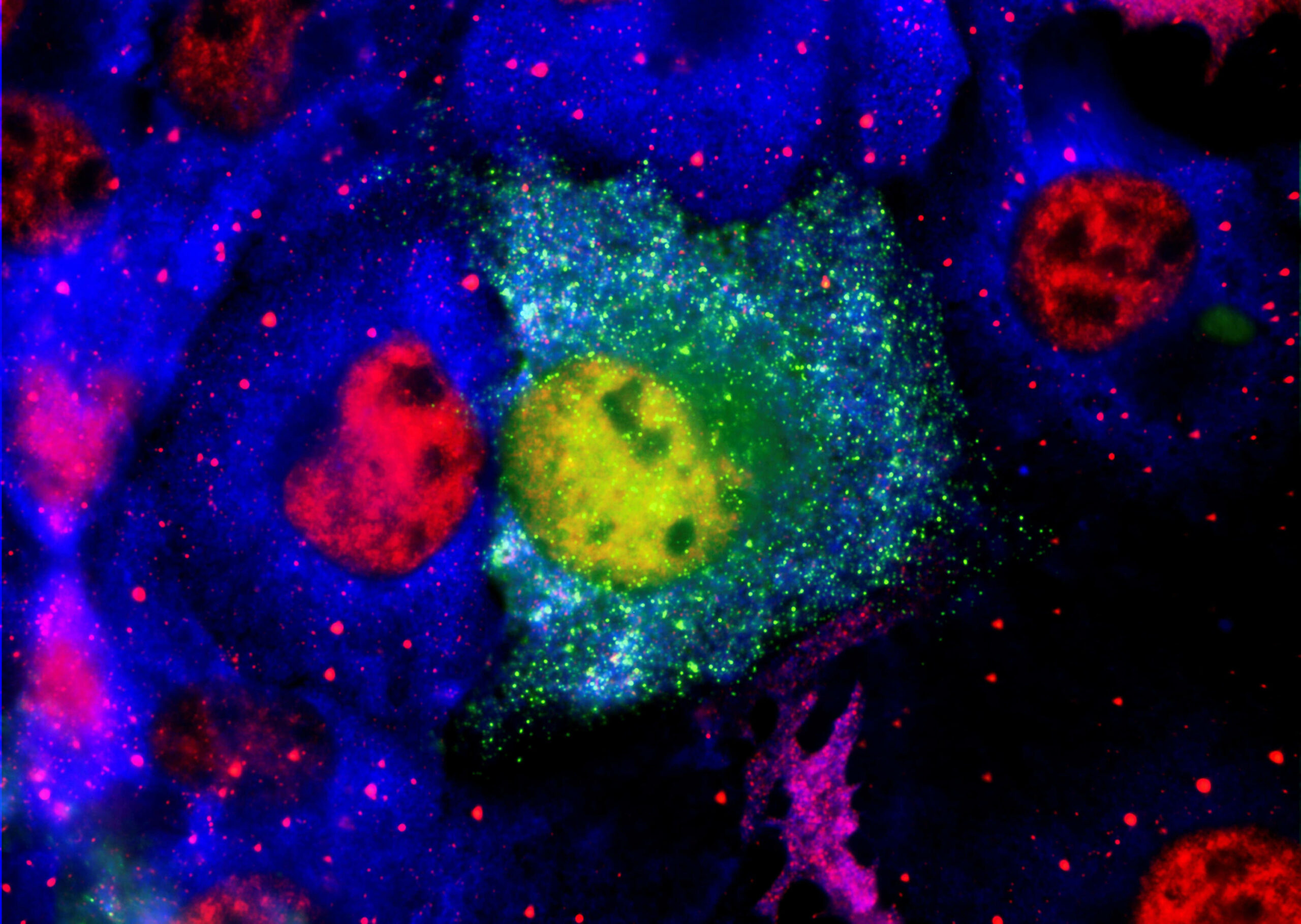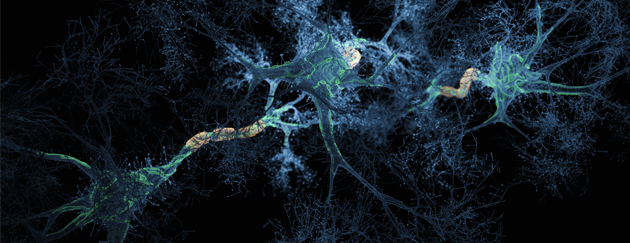pharmakure-user
pharmakure-user

The latest news on Parkinson’s disease
Links to sites providing the lates updates on research, news, help and support for Parkinson's disease.
PharmaKure Announces a Blood Biomarker Study
1st July 2022. PharmaKure announce a ground breaking study of a blood biomarker trial using their proprietary ALZmetrix® assay with Alzheimer's disease patients.
Viral Involvement in Alzheimer’s Disease
Abstract: Alzheimer’s disease (AD) is characterized by the presence of β-amyloid plaques (Aβ) and neurofibrillary tangles (NFTs) in the brain. The prevalence of the disease is increasing and is expected to reach 141 million cases by 2050. Despite the risk factors associated with the disease, there is no known causative agent for AD. Clinical trials with many drugs have failed over the years, and no therapeutic has been approved for AD. There is increasing evidence that pathogens are found in the brains of AD patients and controls, such as human herpes simplex virus-1 (HSV-1). Given the lack of a human model, the route for pathogen entry into the brain remains open for scrutiny and may include entry via a disturbed blood-brain barrier or the olfactory nasal route. Many factors can contribute to the pathogenicity of HSV-1, such as the ability of HSV-1 to remain latent, tau protein phosphorylation, increased accumulation of Aβ in vivo and in vitro, and repeated cycle of reactivation if immunocompromised. Intriguingly, valacyclovir, a widely used drug for the treatment of HSV-1 and HSV-2 infection, has shown patient improvement in cognition compared to controls in AD clinical studies. We discuss the potential role of HSV-1 in AD pathogenesis and argue for further studies to investigate this relationship.
PharmaKure completes the acquisition of the CynapseDx Business with Financing involving the UK Government Future Fund.
March 26th 2021. PharmaKure is delighted to announce the completion of the acquisition of the CynapseDx assays for oligomeric proteins. This is the final step that secured invesment of £4 million from a private investor and the UK Future Fund to finance clinical trials on their leading drug candidate PK051 for Alzheimer's disease.
PharmaKure signs letter of intent with CynapseDx
PharmaKure Limited and CynapseDx Limited have signed a letter of intent for a commercial relationship between the two companies which could result in a collaboration or acquisition to secure funding.














